Since its founding in 2002, Nutrex Research has earned its place as a mainstay brand in the supplement industry. The Nutrex team originally set out to design the highest quality supplements possible, for the most discerning and demanding consumers.
The Nutrex legend started with Lipo-6, an impressive catalog of fat burner supplements. Since then, Nutrex has branched out to absolutely crush it in a variety of product categories, including pre-workouts, supplemental proteins, and amino acids. Nutrex isn't just popular in the states – you can find Nutrex products in over 100 countries worldwide.
Aside from the Lipo-6 line, some of the most successful Nutrex products include Outlift, IsoFit, and Vitadapt. In 2023, they brought in Chris Waldrum, who's kicking off And today, we're getting back to the pre-workout category, with a new twist on the Outlift workout series -- one that's more metabolic:
Introducing Nutrex Outlift Burn - with Metabolyte
To kick off the 2023 Nutrex Rebirth, the team is first coming out with Outlift Burn, a fat burning pre-workout combination that's absolutely jam packed with powerful ingredients.
Plus, we'll see the appearance of some unfamiliar, yet exciting fat-burner ingredients – Metabolyte, which is making its debut in this formula, and Hemerocallis extract, an obscure one we haven't seen in quite a while.
Nutrex really pulled out all the stops on this one!
Let's get into how this works, but first, check the PricePlow news and deals:
Nutrex Outlift Burn – Deals and Price Drop Alerts
Get Price Alerts
No spam, no scams.
Disclosure: PricePlow relies on pricing from stores with which we have a business relationship. We work hard to keep pricing current, but you may find a better offer.
Posts are sponsored in part by the retailers and/or brands listed on this page.
This area is reserved for Team PricePlow's upcoming videos.
Subscribe to our channel and sign up for notifications so you catch it when it goes live!
Nutrex Outlift Burn Ingredients
In a single 1 scoop (19 gram) serving of Outlift Burn from Nutrex, you get the following:
Pump and Strength Matrix
-
L-Citrulline – 6,000 mg
Citrulline is the most popular nitric oxide (NO) boosting ingredient[1] in the supplement industry right now. It owes its popularity to the fact that it's safe, inexpensive, and effective.
As you can see from our inset diagram, arginine is actually a more direct precursor to NO than citrulline – so why not take arginine instead? The answer is that citrulline is much more bioavailable than arginine.[2,3]
By increasing your body's NO production, citrulline can trigger a mechanism called vasodilation, which causes your blood vessels to expand in diameter. This leads to improved circulation, lower heart rate, and reduced blood pressure.[4-6]
Improved circulation means that nutrients get delivered to your cells, and metabolic wastes removed, significantly more efficiently than normal. This can benefit multiple dimensions of athletic performance (especially endurance) and speed up recovery.
Citrulline participates in two key metabolic cycles, the nitric oxide cycle and the urea cycle. Both are important for athletic performance and recovery.[7]
Research shows that citrulline supplementation can:
- Increase power by improving oxygen utilization[8]
- Prolong athletic endurance by as much as 50%[9]
- Reduce muscular soreness following a workout[9]
- Upregulate growth hormone (GH), an anabolic hormone[10]
- Inhibit protein catabolism[11]
- Increase protein synthesis[12,13]
Note that the dose used in Nutrex Outlift Burn is 6,000 mg – twice the 3,000 mg dose we used to see in pre-workouts, but a dose that's become more common. This is a good thing, since citrulline's benefits have been shown to be dose-dependent.[14]
-
Beta-Alanine – 3,200 mg
Beta-alanine is a popular ergogenic aid. It can increase athletic performance by combining with the amino acid L-histidine to form carnosine, a dipeptide molecule that helps remove lactic acid from your muscles. This matters because the accumulation of lactic acid causes muscular fatigue,[15] so the faster your body can get rid of it, the longer you can sustain an athletic effort.
The reason to take the carnosine precursor beta-alanine instead of carnosine itself is, again, that the precursor is significantly more bioavailable. Moreover, since histidine is abundant in common foods, beta-alanine availability is almost always the bottleneck on your body's carnosine production, making beta-alanine supplementation a very effective strategy for upregulating carnosine.[16,17]
Two meta-analyses, looking at over 40 peer-reviewed studies, found that beta-alanine is best at increasing endurance during exercises lasting 30 seconds to 10 minutes.[18,19]
The 2012 meta analysis showed who beta alanine may work best for, but future data expanded our knowledge.[18]
Tingles? No sweat
Most people get a tingling sensation in their face and upper body upon taking beta-alanine. Don't worry about this, as a recent safety review concluded that it's harmless.[20]
Long story short, beta alanine is great for boosting endurance, which will allow your muscles to take on extra volume. But you still need to get it done yourself -- it won't burn extra calories for you.
So far, we've got two classic pre-workout ingredients. Soon we're going to get into weight loss territory:
That Feel Good Energy Blend
-
L-Tyrosine – 2,000 mg
Tyrosine is excellent supplement for two important goals:
Nutrex Research as been around since 2002, and they continue to put out innovative, effective products!
First, tyrosine is really good for supporting thyroid function – it's a precursor to triiodothyronine (T3) and thyroxine (T4), your body's two main thyroid hormones.[21,22] Thyroid support can be important for athletes and bodybuilders, as both strenuous physical activity[23,24] and caloric restriction[25] can downregulate thyroid function.
Second, tyrosine is a precursor to key neurotransmitters like dopamine, adrenaline, and noradrenaline.[26-28] Generally speaking, more of these neurotransmitters can translate into better mental clarity, focus, and motivation. Plus, adrenaline and noradrenaline can help burn fat.[29]
Also great for sleep deprivation
Sleep deprivation is no joke, but it does happen occasionally. In these cases, we need something that can help us perform in spite of our fatigue – and tyrosine seems to be great for this, too. According to a study conducted by the U.S. military, tyrosine is actually better at restoring cognitive function during sleep deprivation than caffeine is![30,31]
-
Acetyl-L-Carnitine – 1,000 mg
Acetyl-L-carnitine (ALCAR) is the supplement industry's go-to form of L-carnitine for nootropic effects. It has neuroprotective, neurotropic, and even anti-depressive effects.[32]
Huge synergy in this formula between the choline and acetyl L-carnitine! If you're low on acetyl groups, your choline may not get to the acetylcholine that you want. ALCAR (Acetyl L-Carnitine) listed above helps with that bottleneck.
Carnitine's basic mechanism of action is to help move energy substrates like glucose and fatty acids into your cells' mitochondria, which supports adenosine triphosphate (ATP) synthesis. Since ATP is your cells' usable energy, their gasoline if you will, increasing ATP availability can improve cellular function.[33]
Among other forms of carnitine, ALCAR in particular is especially good at improving the metabolic function of neurons. This is because ALCAR is great at crossing the brain blood barrier,[34] which makes it more bioavailable to your brain.
Animal studies have found that ALCAR can enhance the synaptic plasticity of mammals' brains, and facilitate learning.[35]
But a really compelling human study showed that men and women over the age of 65 with mild cognitive impairment who took ALCAR did much better on a cognitive test than those who took a placebo.[36]
Ultimately, how much carnitine you need depends on your diet and how aggressively you're training. It's most prevalently found in meat, so those who need the ingredient most (especially for fat loss) are those who are either vegan/vegetarian,[37-40] older,[41,42] or athletes training incredibly hard and depleting themselves.[43] Most Outlift Burn users will fall into the latter category.
If you're looking to learn more about the research behind carnitine consumption in athletes, read the incredible 2018 review titled "L-Carnitine Supplementation in Recovery after Exercise".[43]
-
Alpha-GPC 50% (Alpha-Glyceryl Phosphoryl Choline) – 600 mg
AlphaGPC is a form of choline, an essential B vitamin used by your body to build and maintain the phospholipid bilayer membranes that surround all your body's cells.[44] Choline is also necessary for the intercellular signaling functions carried out by those membranes.[45]
Caffeine and Alpha GPC are great for brain boosting, but they're also awesome for enhancing performance.
Choline's nootropic properties come from its status as a precursor to acetylcholine, a crucial neurotransmitter that facilitates learning and memory.[46] We at PricePlow often refer to acetylcholine as the learning neurotransmitter because of how important it is for these processes – particularly memory consolidation.
Taking choline supplements can increase your body's production of choline, leading to improved cognitive performance.[47,48] For nootropic purposes, alpha-GPC is a popular of choline to use, since it's much better at crossing the blood-brain barrier than other forms.[49]
There's also evidence that alpha-GPC can increase strength in a short period of time.[50]
Choline is also an important methyl donor, and can help keep methionine under control. This is important because if methionine blood levels get to high, it can lead to significant cardiovascular disease.[51]
Choline and fat loss / diet
With regards to diet, choline is incredibly important for fat metabolism,[52-55] and we've seen high doses of other forms support improved weight loss,[56] so there's also hope for some added support here. Even better, choline and carnitine are synergistic for dieters since choline boosts carnitine retention,[57-59] and both are in Outlift Burn.
-
Caffeine Anhydrous – 300 mg (of ~355mg total)
Caffeine is a stimulant capable of crossing the blood-brain barrier,[60] which gives it a high degree of activity in the brain.
It's popular for improving mood, sharpening focus, and enhancing athletic performance, while making the user feel more energetic.[61] Caffeine helps fight fatigue by inhibiting the action of adenosine, an ATP byproduct that accumulates in the brain while we're awake and causes us to feel tired as it builds up.[62,63]
But caffeine also gives us more energy in a very literal sense, by cranking up cellular metabolism. Caffeine does this by inhibiting an enzyme called phosphodiesterase, which breaks down a messenger molecule called cyclic adenosine monophosphate (cAMP).[61-65] Since cAMP tells your cells to burn glucose and fatty acids for energy, raising cAMP levels this way speeds up your metabolism, enabling you to burn more calories in a day.
Known since 1991, very high dose caffeine can seriously boost performance.[66] As you can see, it's quite variable amongst users - future research would show that caffeine's effects depend on your genotype.
Fat burner
Caffeine is particularly good at burning fat,[67] with some research showing that it can increase your body's rate of fat burning by as much as 50% above baseline.[68]
According to a 2020 meta-analysis, doses as small as 3 milligrams of caffeine per kilogram of body weight are enough to increase the amount of fat your body burns during exercise.[69]
Athletic performance
Research shows that caffeine can improve strength, speed, power, and endurance.[61,62,64,67,68] This means caffeine is a great ergogenic aid – one of the cheapest, safest, and most effective among nutritional supplements.
When it comes to mental performance, caffeine has been shown to improve attentiveness, alertness, reaction time, and working memory.[70-72]
Note that the total amount of caffeine in Nutrex Outlift Burn is 355 milligrams - we have a bit of slower caffeine coming up next:
-
Dicaffeine Malate – 75 mg (yielding ~55mg of ~355mg total)
Dicaffeine malate shares identical effects with caffeine anhydrous. The primary distinction lies in the way caffeine is "buffered" through its binding with malic acid, resulting in a slower rate of metabolism compared to the anhydrous form. As a consequence, dicaffeine malate acts as a slow-acting form of caffeine, while anhydrous caffeine acts rapidly.
The concept behind combining these two forms of caffeine in the same formula is to create a more gradual and sustained increase in caffeine levels in the bloodstream, thus mitigating the risk of a severe crash that sometimes follows the initial stimulant effect.
Note that dicaffeine malate is about 73% caffeine by weight, so the total amount of caffeine in Nutrex Outlift Burn is 355 milligrams once calculating that this yields roughly 55 milligrams worth.
Burn That FCKN Fat Blend
-
Metabolyte (as sodium phaseolusate and potassium phaseolusate) – 1,500 mg
Now it's time for the new ingredient: Metabolyte. It's labeled as both sodium phaseolusate and potassium phaseolusate – two terms that are currently not indexed in major scientific databases.
As best we can tell, the phaseolusate term is derived from the genus Phaseolus, which includes several species of beans like kidney beans, navy beans, and black beans. These species contain certain compounds called phaseolusates that function to defend the plant against water and parasites.[73]
These plants also produce a compound called dodecanedioic acid (DDDA),[73-75] a medium-chain dicarboxylic acid that serves as an energy substrate in both plant and animal metabolism.[76]
As best we can tell, this is really dodecanedioic acid sodium salt and dodecanedioic acid potassium salt. This is basically a supplemental source of DDDA, bound to two classic minerals we love to supplement.
So what are the benefits of DDDA? Research has demonstrated the following:
- A 1998 study found that intravenous DDDA helped type 2 diabetes manage blood glucose and energy levels.[77] The DDDA seemed to work by optimizing insulin signaling and lowering blood lactate.[77]
- A 2006 study found that 40 grams of DDDA, taken before a workout, helped diabetics finish a 2 hour long workout, and reduced muscle fatigue afterwards.[78] The mechanism here was helping the diabetics overcome metabolic inflexibility by serving as an energy substrate during exercise.[78]
The researchers concluded the following:
In conclusion, [dodecanedioic acid] seems to be a suitable energy substrate during exercise, since it reduces muscle fatigue, is rapidly oxidized, and does not stimulate insulin secretion, which implies that lipolysis is not inhibited as reported after glucose ingestion.[78]
- In another study on diabetics published in 2013, dodecanedioic acid was again found to reduce muscle fatigue during exercise.[76] The researchers suggested that it improved energy utilization and metabolic flexibility.
DDDA may provide necessary substrates for ATP synthesis and mitochondrial oxidation that aren't generated enough in overweight individuals.
- Finally, a 2013 analysis noted that greater dodecanedioic acid levels are associated with lower blood pressure in individuals with chronic kidney disease.[79]
Intravenous Dodecanedioic Acid for diabetics (who aren't on insulin) helps regulate blood sugar levels.[77]
Obviously, we can't use it intravenously for dietary supplements, so it needs to be bound to something to become stable as powder. The lowest-weight options that support health while keeping the DDDA yields high are simple minerals — sodium and potassium!
A "fat burning electrolyte"?
All in all, it seems that we have a type of "fat burning electrolyte" here that allows for more metabolic flexibility, which means the body can switch more easily between glucose and fat oxidation — a goal everyone should have.
This is a bit of a new paradigm here – DDDA isn't really a protein, carbohydrate, ketone, or fat. It's a dicarboxylic acid, and some consider it to be the "fifth macronutrient" after the above four. It seems to be metabolized by multiple organs and not just the liver, which can support metabolic flexibility in those with liver dysfunction (a quickly growing population).
The big picture on DDDA is that it seems to help drive ATP synthesis and mitochondria respiration in people who don't generate the necessary substrates for these processes – particularly in overweight people.
There's some promise here, and we're excited about the research supporting muscular endurance and glucose reduction, but we'll need more information to see what doses are efficacious.
-
Hemerocallis Fulva (Flower) Extract – 200 mg
Hemerocallis fulva known colloquially as orange day lily, is a synergistic fat burner. By this we mean that Hemerocallis has no lipolytic (fat burning) activity on its own, but can significantly increase lipolysis when combined with phosphodiesterase inhibitors.[80]
Given that we have two big-time phosphodiesterase inhibitors in Nutrex Outlift Burn – caffeine and theobromine (from Cocoabuterol, discussed next) – the inclusion of this ingredient makes a ton of sense. In fact, most fat burner supplements have multiple phosphodiesterase inhibitors these days, so maybe Hemerocallis is poised to make a comeback, and Chris Waldrum and his team have hit a bit of a bonus here.
-
Cocoabuterol (Theobroma cacao L. extract) (seed) – 100 mg
Cocoabuterol is an extract of the cocoa plant standardized to contain at least 50% cocoa alkaloids by weight. These alkaloids are able to suppress appetite, increase energy, upregulate thermogenesis, and even improve your mood.[81,82]
Arguably the most important of these alkaloids is theobromine, which resembles caffeine in its mechanism and effects. Like caffeine, theobromine inhibits phosphodiesterase and blocks the action of adenosine, thus helping fight fatigue and speed up cellular metabolism.[81,83,84]
However, cocoa also contains powerful polyphenol antioxidants with anti-inflammatory, cardioprotective, and antioxidant properties.[81,82]
Both the alkaloids and the polyphenols in cocoa have been shown to improve dopamine signaling,[85] which can help improve mood and cognition and protect your neurons from stress.[85]
This is a popular cocoa extract that goes beyond theobomrine thanks also to the N-coumaroyldopamine and N-caffeoyldopamine inside.
Fat burner
While upregulating cAMP through phosphodiesterase inhibition can definitely help burn fat by increasing overall calorie burn, the theobromine in cocoa extract has also been shown to change body fat composition in a highly favorable way. Specifically, theobromine helps drive the conversion of white adipose tissue (WAT) to brown adipose tissue (BAT).[86] Since BAT is a metabolically active type of fat that burns calories via thermogenesis, this conversion has the effect of increasing your basal metabolic rate.
Theobromine also stimulates fat burning in existing BAT, by activating the brown adipocytes within.[86]
-
CaloriBurn GP (Aframomum Melegueta Extract) (seed) (12.5% 6-Paradol) – 40 mg
CaloriBurn GP from NNB Nutrition is another ingredient that's great at increasing the activity of brown adipose tissue (BAT). It's an extract of the plant Aframomum melegueta, also known as grains of paradise, that's standardized for a phenolic ketone called 6-paradol.
Animal research has shown that injections of pure 6-paradol activates thermogenesis in existing brown adipose tissue (BAT).[87] Increased thermogenic activity in BAT causes a faster metabolism and calorie burn,[88-90] leading to easier fat burn and, potentially, faster weight loss.
But increased BAT activity also has some metabolic benefits that are independent of weight loss – since the brown adipocytes pull glucose and fatty acids out of your blood to burn them for energy, increased BAT activity means better glycemic control and blood triglycerides.[91]
Human research on grains of paradise
One study in women found that grains of paradise was great for burning visceral fat, a type of body fat that has outsized negative effects on cardiometabolic health, despite accounting for a small minority of overall body fat.[92] The dose used in this study was only 30 mg/day – just 75% of the dose present in Nutrex Outlift Burn!
NNB Nutrition's CaloriBurn GP has 12.5% 6-Paradol, but uses pure grains of paradise to keep all of the active constituents.
In another study, a 40 milligram dose of grains of paradise (GP) caused a significant increase in basal metabolic rate[93] of about 400 calories per day 30 minutes after ingestion. The striking thing about this study is that it was conducted in healthy young men, a group whose metabolic function is generally pretty solid to begin with. And that was after only a single dose of GP!
Note that with regards to the second study, we aren't saying they actually burned 400 more calories that day – we're saying that the rate of calorie burn 30 minutes after ingestion was 400 calories per day higher. Area under the curve (AUC) analysis showed that they burned about 25 more calories per hour during the 2-hour study period.[93]
-
GBBGO (Gamma-Butyrobetaine Hydrochloride) – 30 mg
Gamma-butyrobetaine (GBB) is a carnitine precursor. It gets converted into carnitine by an enzyme called gamma-butyrobetaine dioxygenase (BBD).[94]
We already have a gram of carnitine in Nutrex Outlift Burn, so why would we want to take GBB as well? The answer is that GBB works synergistically with supplemental carnitine to keep blood carnitine levels high. To understand how, we need to talk about chemical equilibrium.
GBB alters your body's chemical carnitine equilibrium
According to Le Chatelier's principle, also called the law of chemical equilibrium,[95] we can change the baseline concentration of a chemical reagent by modifying that of a chemical product, or vice-versa.
GBB gets converted to carnitine, and vice-versa, until the two compounds reach chemical equilibrium. Excess GBB gets turned into excess carnitine – excess carnitine gets turned into excess GBB.
When it comes to carnitine, equilibrium is achieved by special bacterial species in your gut.[96] Specifically, once BDD turns GBB into carnitine, these bacteria turn carnitine back into GBB.
If your carnitine levels rise above baseline – say, after taking a gram of carnitine in Nutrex Outlift Burn – then your body will start balancing your carnitine levels by converting some of that extra back into GBB. Put simply, when the right side of the chemical equation in our inset image gets too big, your body will start equalizing it by moving stuff to the left.
So if you want the right side of the equation to stay big, you've got to add to the left side as well as the right.
That means in order for supplemental carnitine to be maximally effective, you've got to take GBB in addition to carnitine.
The familiar bioavailability problem
As we've already mentioned several times in this article, precursors to molecules we're trying to target tend to be more bioavailable than the target molecules themselves. That turns out to be the case with carnitine and GBB – there's a limit on how much supplemental carnitine we can absorb, and going over it tends to cause unwanted gastrointestinal symptoms.[97,98]
GBB is well tolerated though, making GBB supplementation an excellent strategy for indirectly raising carnitine levels.
GBB and nitric oxide
GBB also turns out to be a great NO booster, just like citrulline.[99] So this GBB can give you more of the NO-associated benefits mentioned in the citrulline section.
GBB sweats?
Most people report that GBB causes them to sweat. Opinions on this are divided – some love it, others not as much. But if you're buying a supplement with the word "Burn" in the name, we've got to believe you're ready to feel it!
The exact mechanism by which GBB induces sweating has yet to be identified, but regardless, sweating can have certain health benefits. For example, sweating is one of your body's primary detoxification mechanisms. Your body uses sweat to eliminate toxic xenoestrogenic and carcinogenic compounds like bisphenol A (BPA),[100] polychlorinated biphenyls (PCBs),[101] persistent organic pollutants, and heavy metals.[102]
-
Rauwolfia vomitoria Extract (root) (std. 90% Rauwolscine) – 1.5 mg
GBB isn't the only ingredient that might amp up your sweat!
Rauwolfia contains a stimulant alkaloid called rauwolscine, also known as alpha yohimbine because of its similarity to yohimbine.
Chris Waldrum returns to the PricePlow Podcast for Episode #091 to discuss leading the Nutrex Research Rebrand
So to understand rauwolscine, let's talk for a minute about yohimbine, which is an alpha-2 antagonist. This means that it stimulates adrenaline and noradrenaline receptors. In doing this, yohimbine can suppress appetite,[94] speed up weight loss,[95] and improve focus.[96]
Rauwolscine has the same mechanism of action. It's been shown to prevent fat storage and increase cellular energy availability.[97]
As is the case with stimulant alkaloids in general, Tolerance of rauwolscine varies by individual. Most people feel fine on rauwolscine, but some might experience jitters or even anxiety. If you have that latter response to Nutrex Outlift Burn, it's probably the rauwolscine that you're reacting to.
Still, rauwolscine has great benefits for metabolic function and fat loss, so it's not something we want to dismiss out of hand.[98] If you're not sure about taking this, talk to your doctor about it first.
Maximum Absorption
-
BioPerine [(Piper nigrum extract) (fruit)] – 5 mg
Piperine, the main bioactive constituent of BioPerine black pepper extract,[103-106] inhibits certain enzymes that ordinarily break down nutrients in your stomach. With these enzymes inhibited, those nutrients are free to pass through your stomach intact, giving them a chance to be absorbed into your bloodstream in your intestines.[99]
In other words, BioPerine is a bioavailability enhancer – it increases the absorption of other ingredients in Nutrex Outlift Burn. This both increases the effectiveness of the supplement, and in the long run, helps you get the most bang for your buck.
But that's not all -- piperine is also a potent antioxidant[102] and can increase insulin sensitivity and prevent fatty liver.[100,101] That may be an even better reason to include it in a fat-burning pre-workout like Outlift Burn!
Flavors Available
Nutrex Outlift has some of the best and most underrated flavors on the pre-workout market. Outlift Burn will have a bit more spice in it (thanks to CaloriBurn GP and BioPerine), so here's an updated list of flavors:
Conclusion: Outlift Burn Goes Big on the Burn
Wow! With ingredients like GBB, CaloriBurn, and Cocoabuterol all making an appearance in the same formula, Nutrex Outlift Burn is a pre-workout with really heavy fat-burner support. And we can't forget the synergistic effects of choline and carnitine as well. At the same time, we have generous doses of citrulline and beta-alanine, which are definitely the typical pre-workout heavy hitters.
The really notable thing about this formula is obviously the appearance of Metabolyte, an intriguing ingredient that we still don't know enough about -- but we've done our best to get you all of the information on this new class of ingredient so that you can make an informed decision.
We've seen enough that we will be trying it, and we're excited to hear consumer feedback on this one. What a great start to the Nutrex Rebirth.
Nutrex Outlift Burn – Deals and Price Drop Alerts
Get Price Alerts
No spam, no scams.
Disclosure: PricePlow relies on pricing from stores with which we have a business relationship. We work hard to keep pricing current, but you may find a better offer.
Posts are sponsored in part by the retailers and/or brands listed on this page.
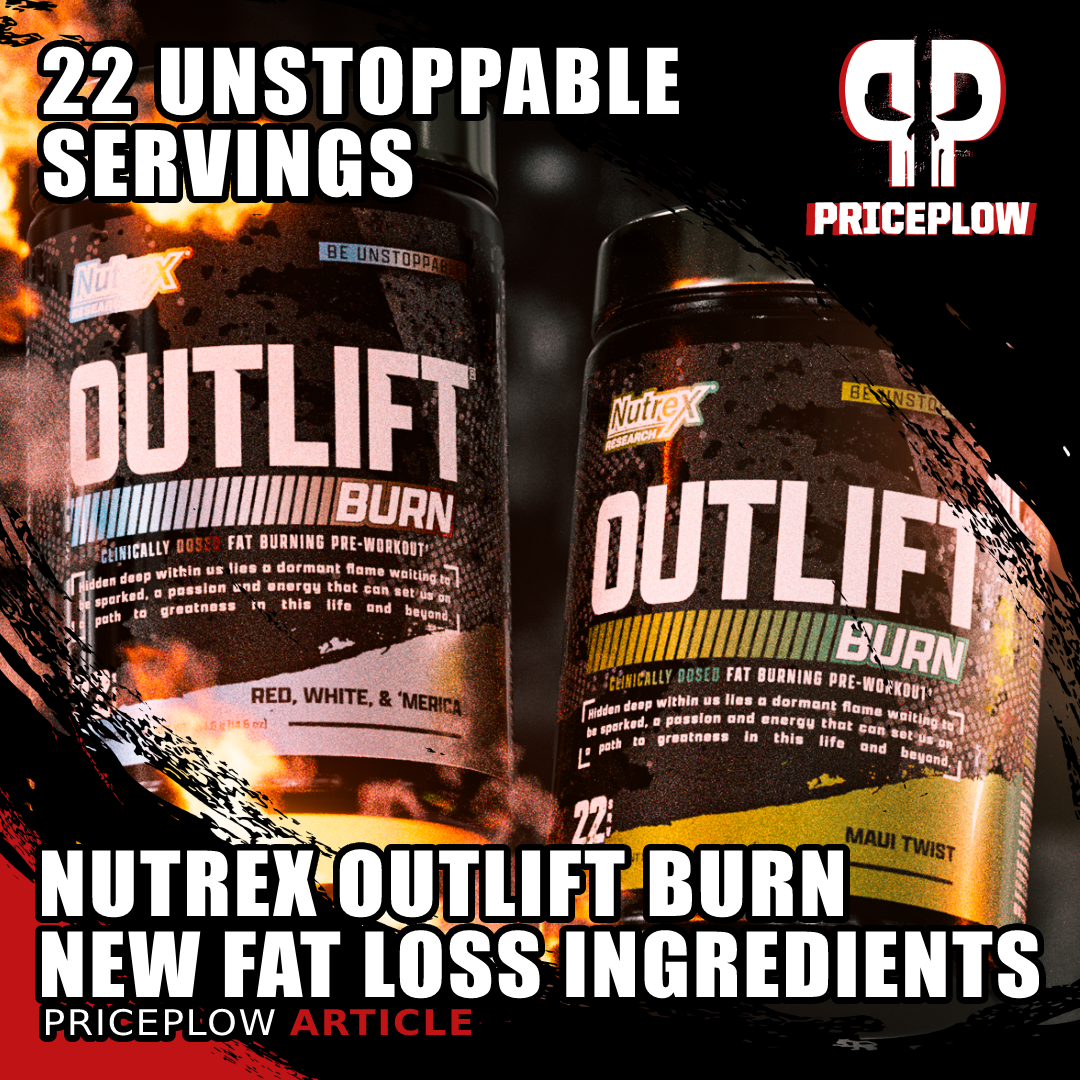
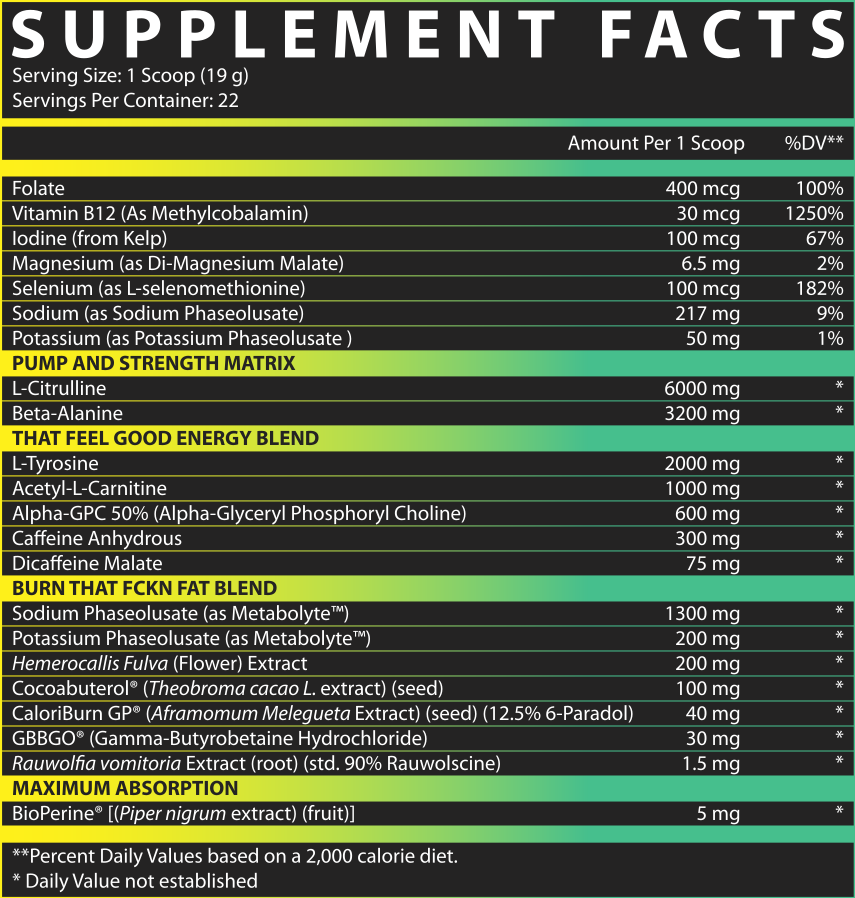
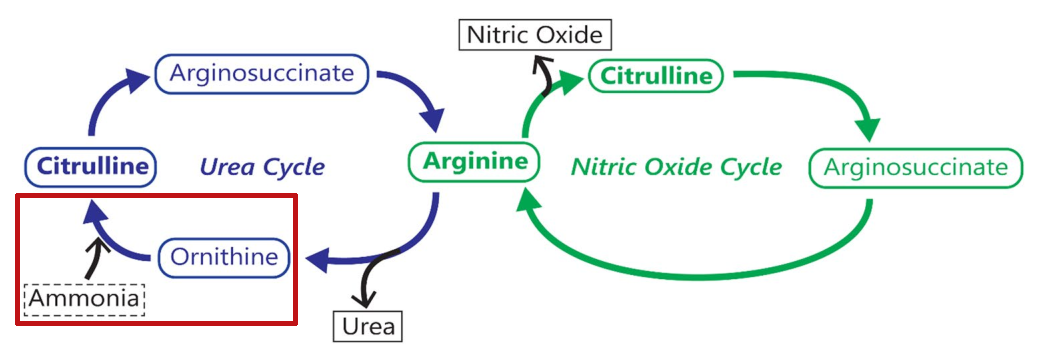
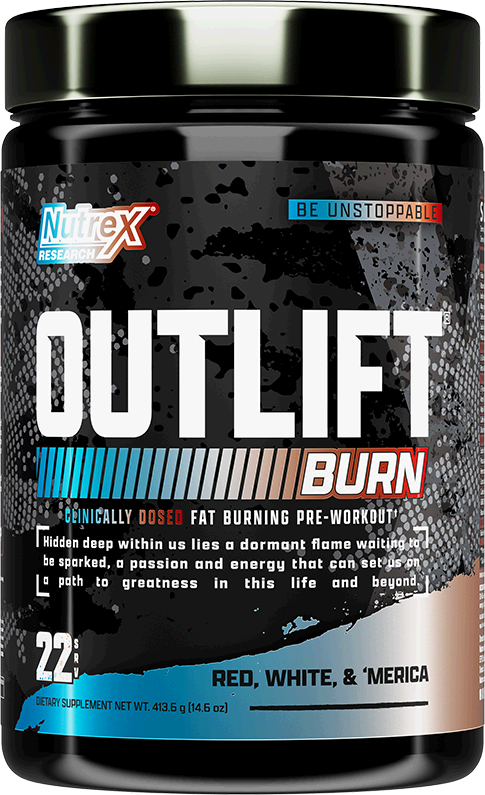
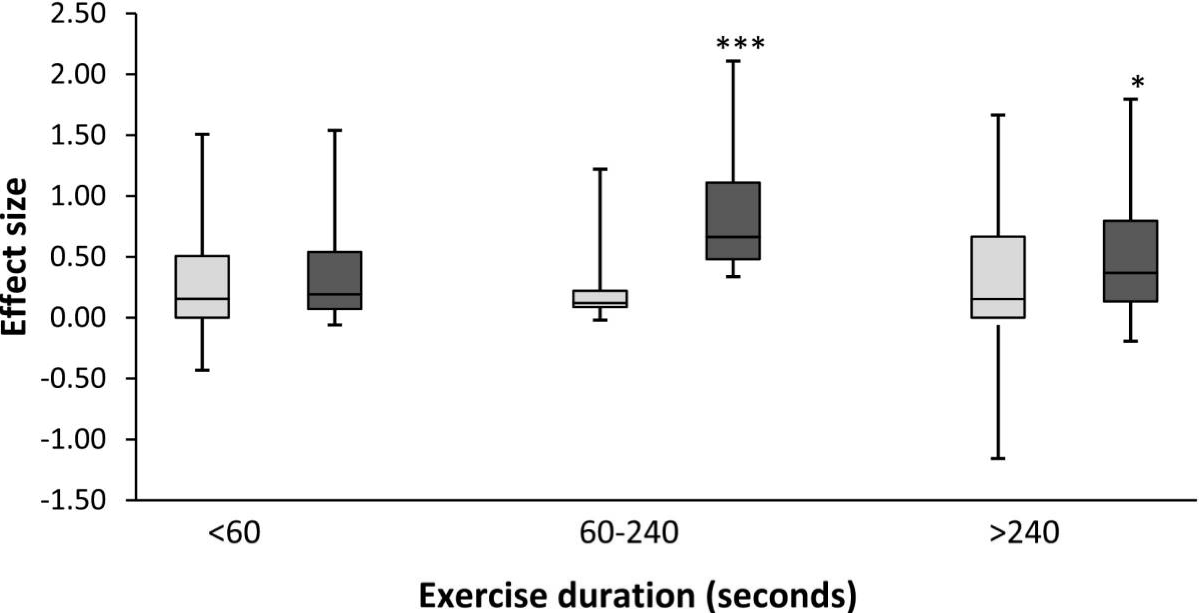

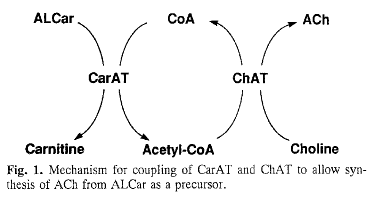
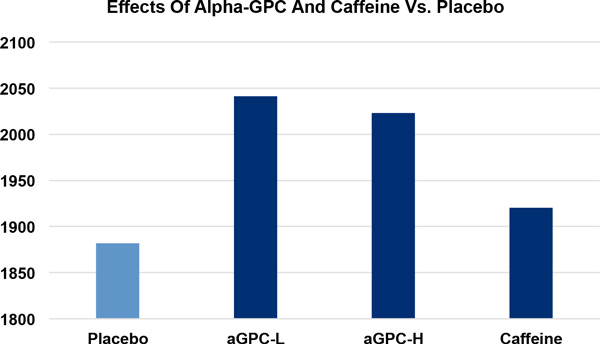
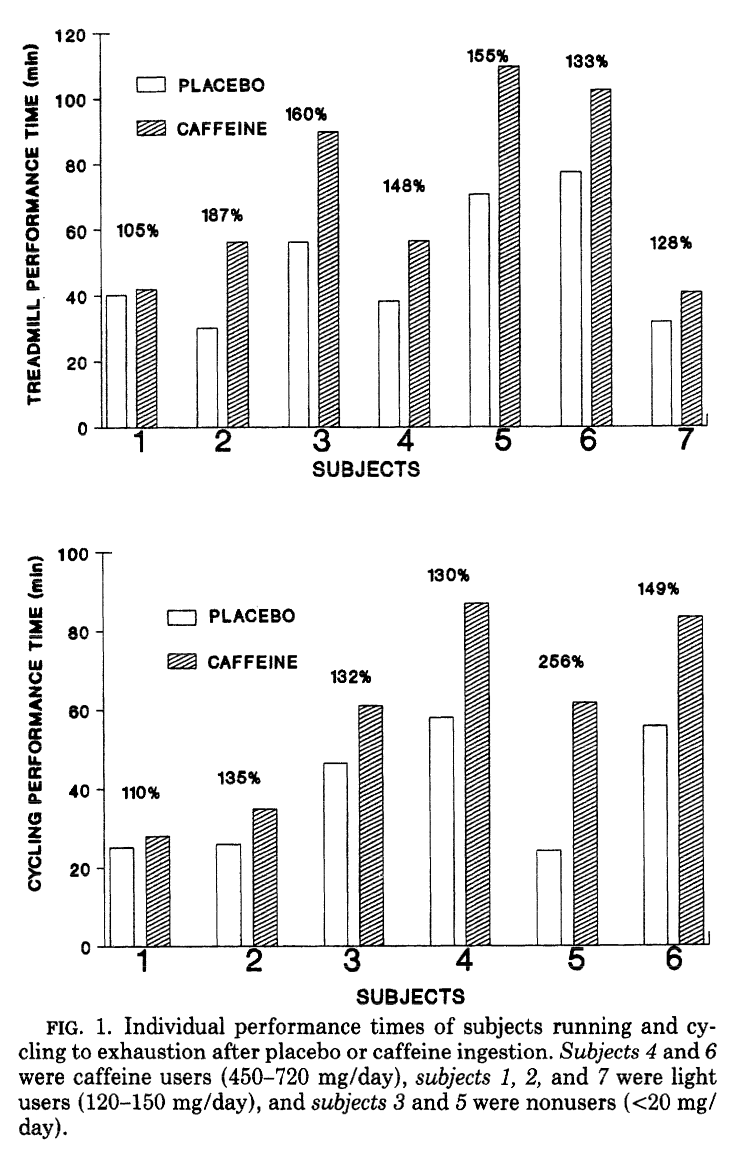

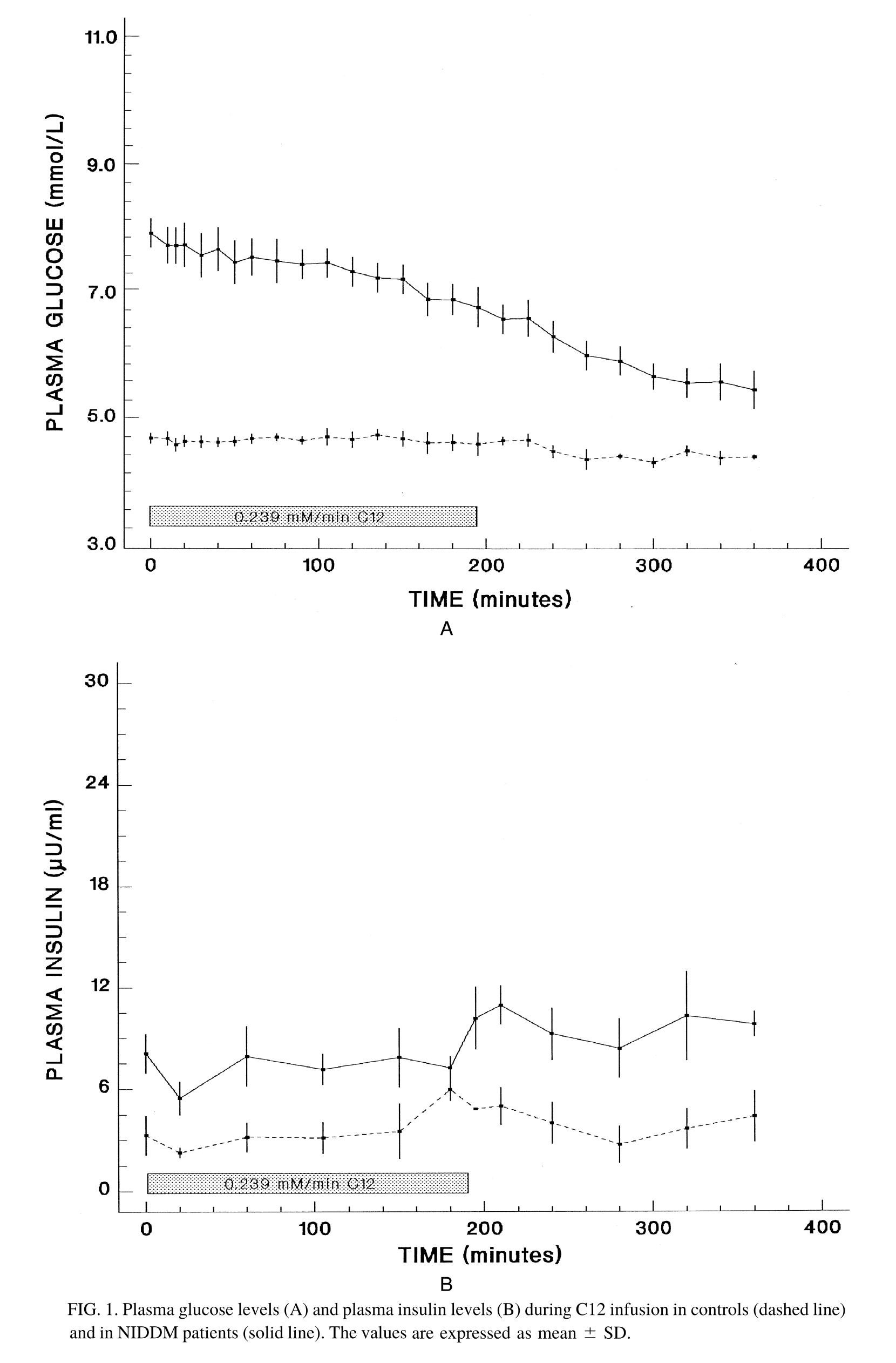



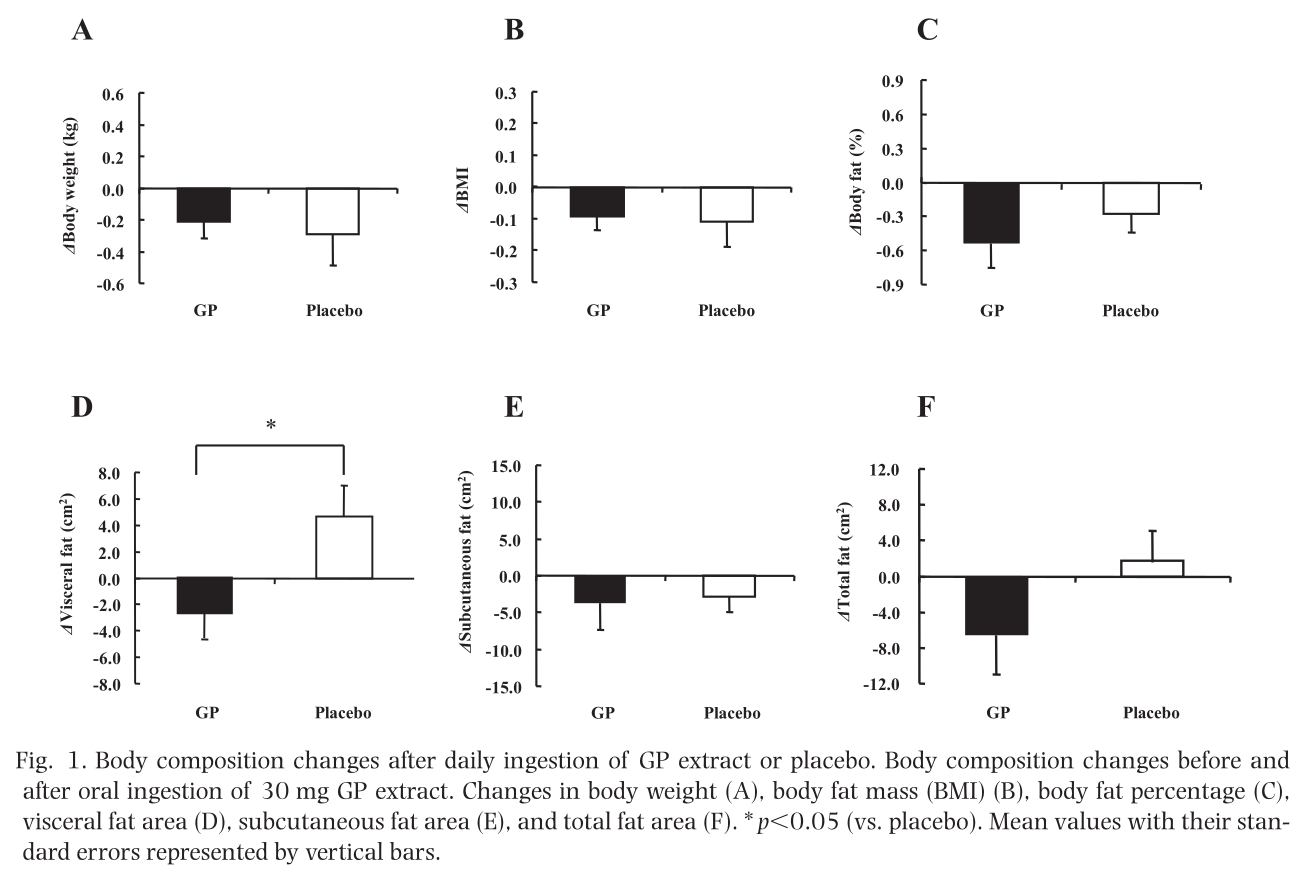

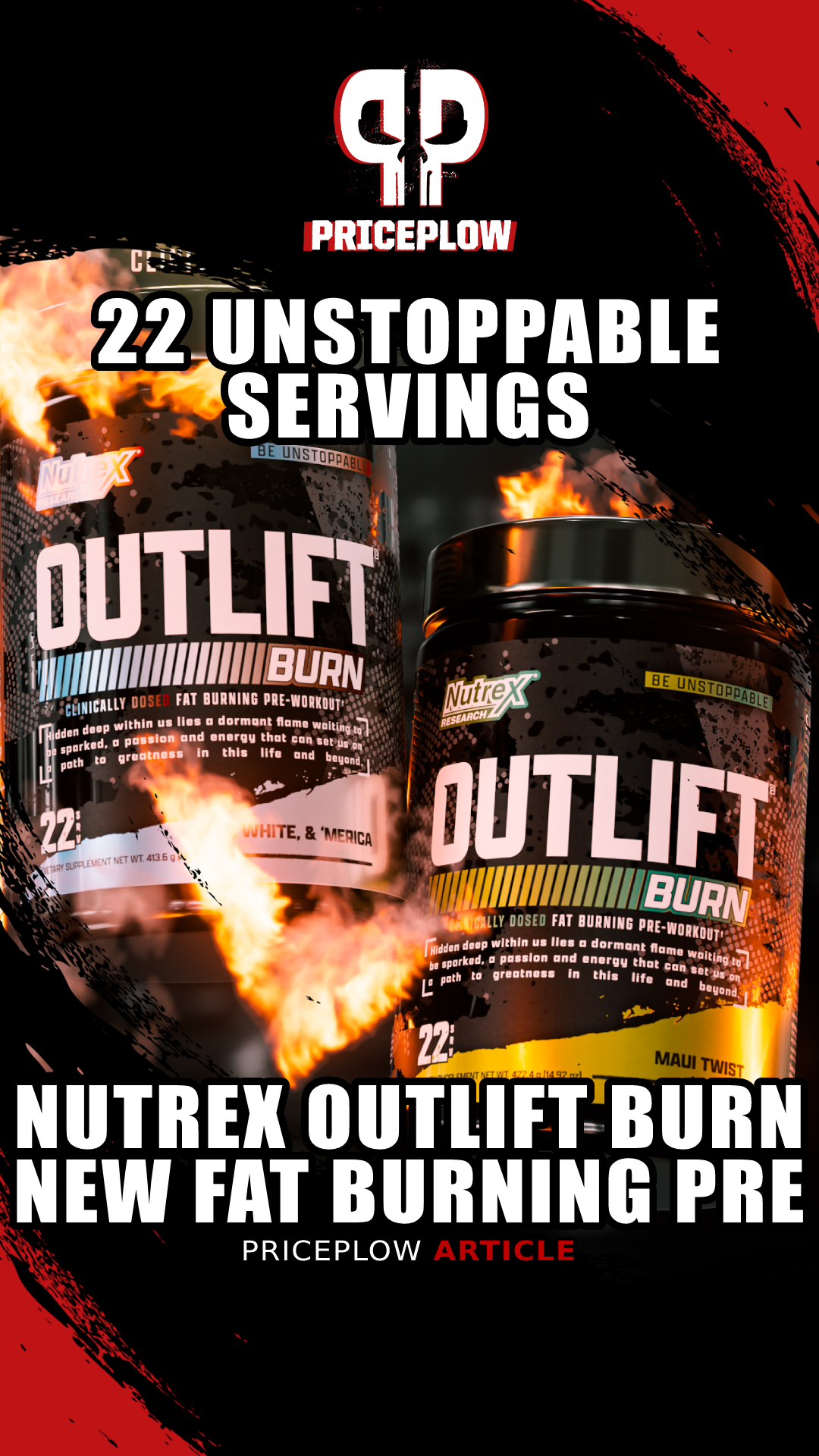
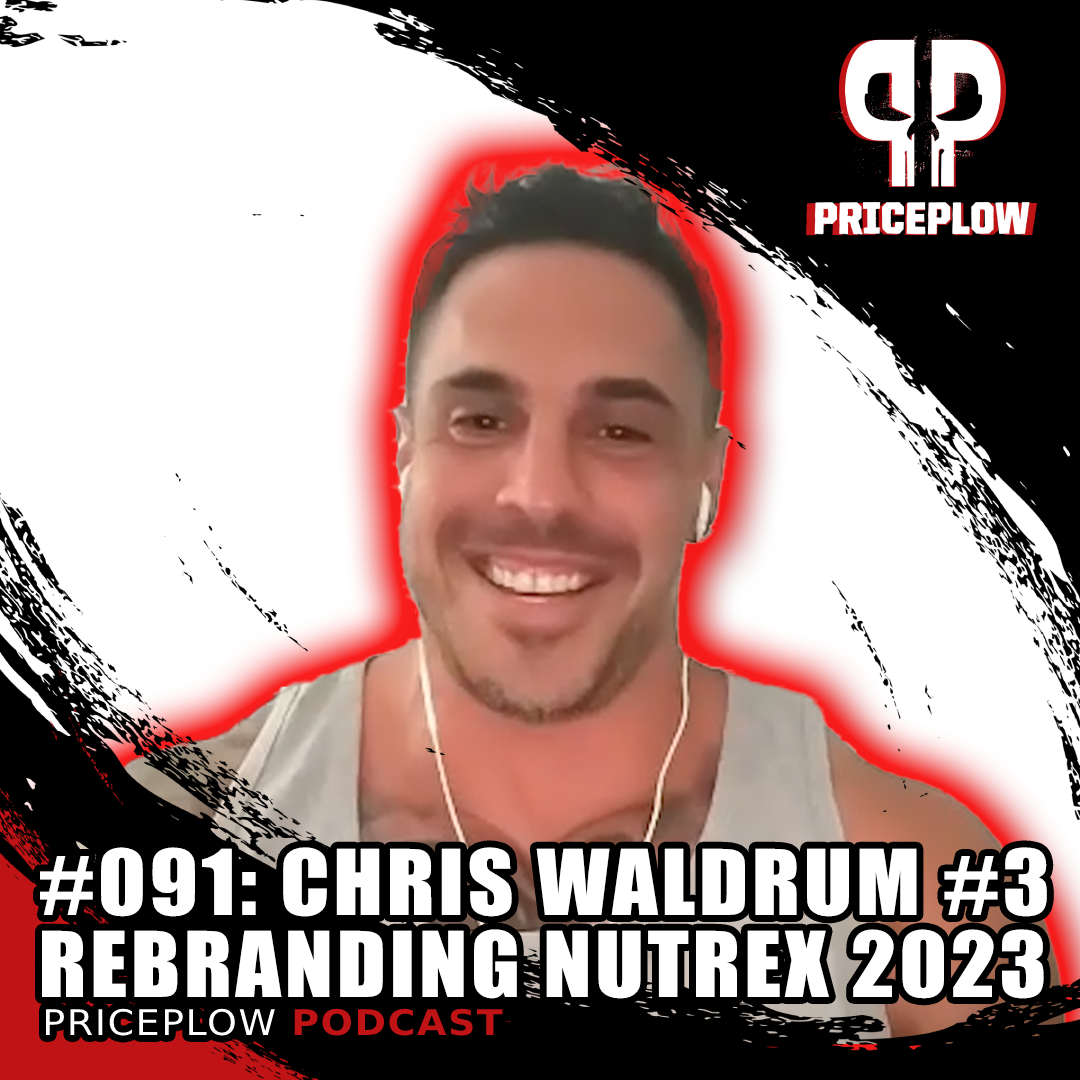
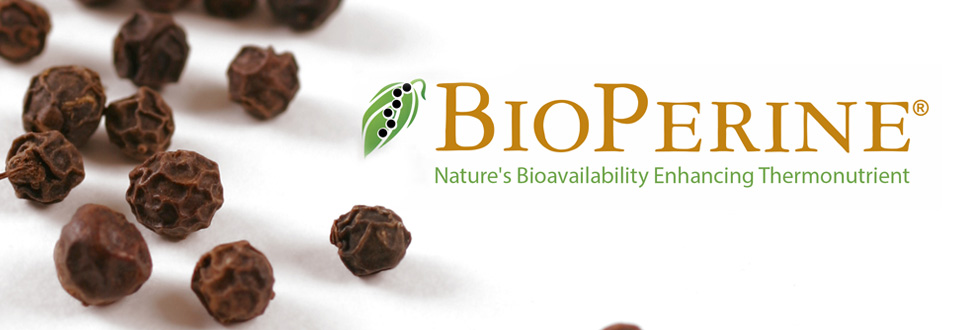
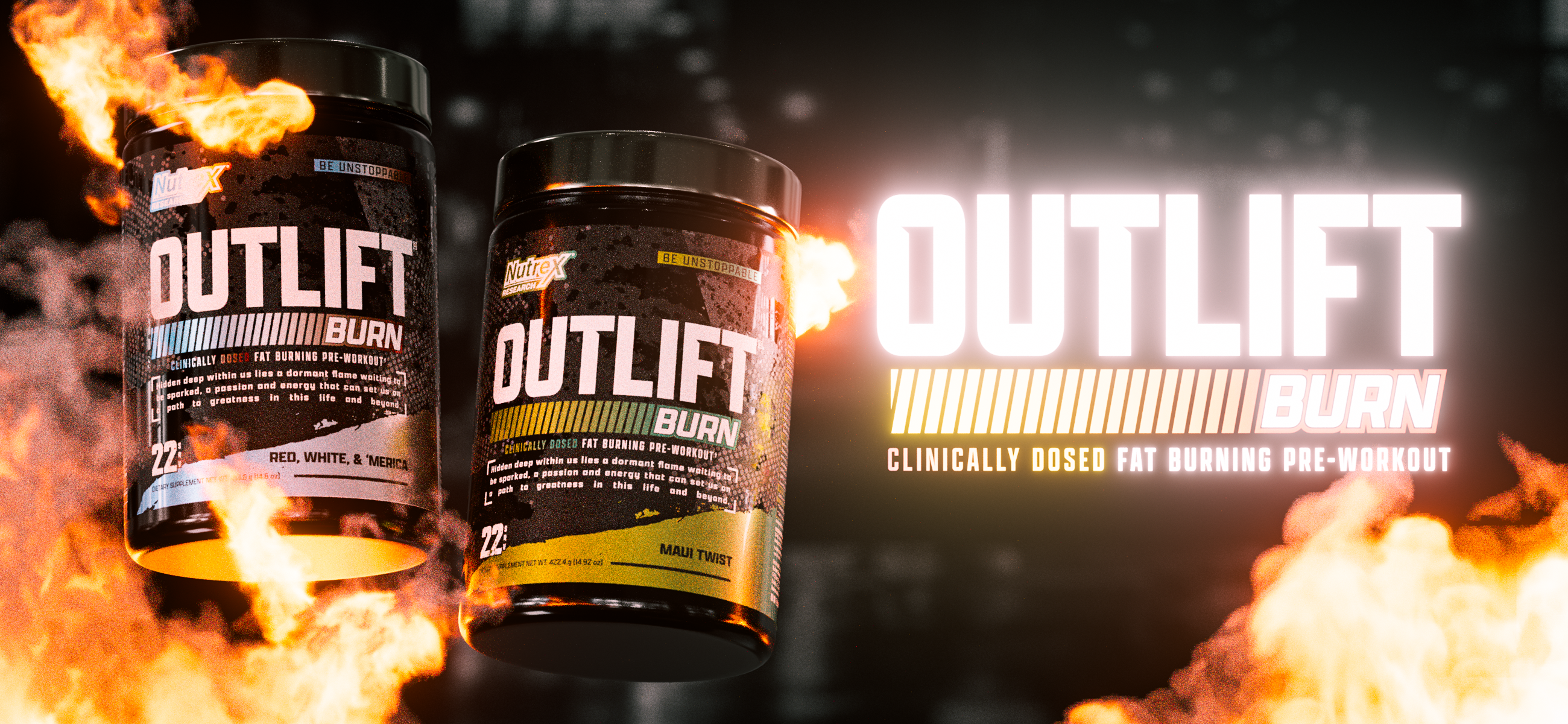


Comments and Discussion (Powered by the PricePlow Forum)